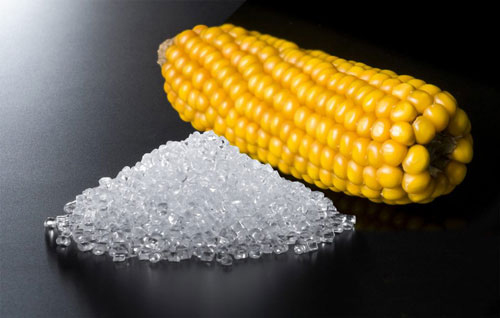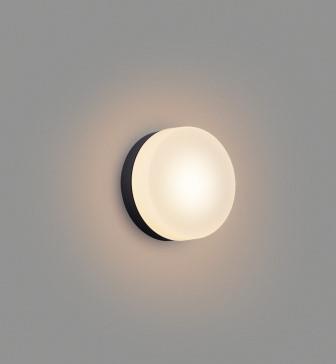Industry looks to bioplastics

THE LIGHTING industry is turning to a recent crop of bioplastics as an environmentally friendly alternative to current materials.
 Interest has especially been raised by Durabio, a corn starch-based polycarbonate with excellent optical properties from Mitsubishi.
Interest has especially been raised by Durabio, a corn starch-based polycarbonate with excellent optical properties from Mitsubishi.
Recently, a light-diffusing grade was introduced, pictured right, and a number of manufacturers are experimenting with it.
Compared with conventional polycarbonate resin it features high transparency, light exposure stability, excellent optical properties, impact resistance, chemical inertness and outstanding scratch resistance.
It can also be easily 3D printed.
There is negligible yellowing due to exposure to light, so it can be widely employed in applications that require light stability such as luminaire optics.
This is naturally beneficial in transparent applications, where even for applications needing light-coloured materials, there is little concern of colour change due to yellowing.
Furthermore, Durabio appears to retain high surface hardness characteristics, and in abrasion resistance is a significant improvement over PC resin.
Surface impact strength is excellent, says Mitsubishi. Even under conditions in which acrylic resins show brittle fracture, the material shows the same ductile fracture as PC resin. Impact properties are comparable to those of PC resin, says the firm.
To date, much of the experimentation in bio plastics have been with polylactic acid, or PLA. Trilux, for instance, produced a version of its Parelia luminaire using the substance. PLA is entirely biodegradable and has good application properties in the visible range of the electromagnetic spectrum, and can be produced in large volumes in a way that is both environmentally friendly and cost-effective.
However, polylactide becomes soft at approximately 60C which is a problem for LED engines which reach temperatures of up to 80C. Durabio, by contrast, has a melt temperature of 230C, well above lighting applications.
More recently, attention has turned to recycled PMMA.
Zurich-based Jungbecker recently unveiled hot-embossed microstructures made from 90 per cent recyclate retain the highly transparent prism surfaces and suffer no loss of quality and performance.


